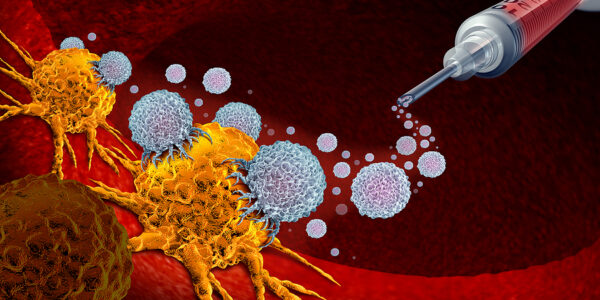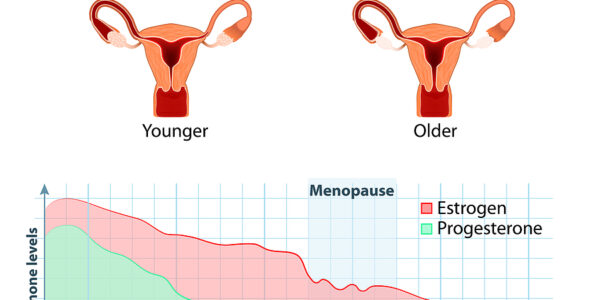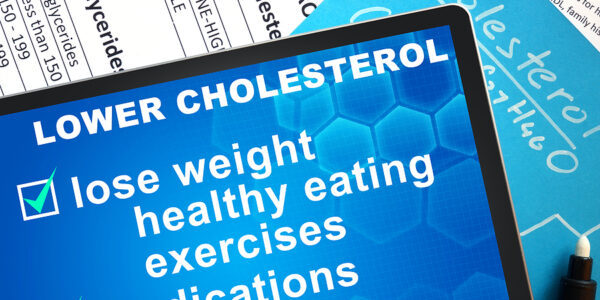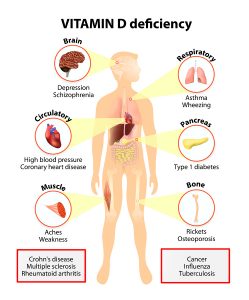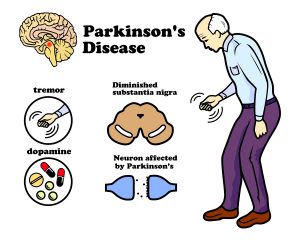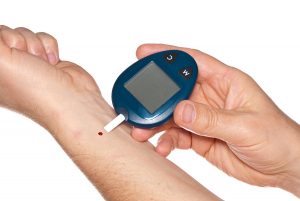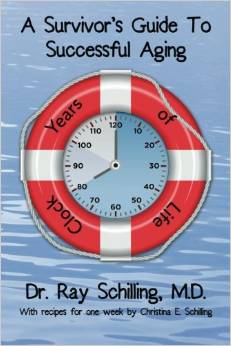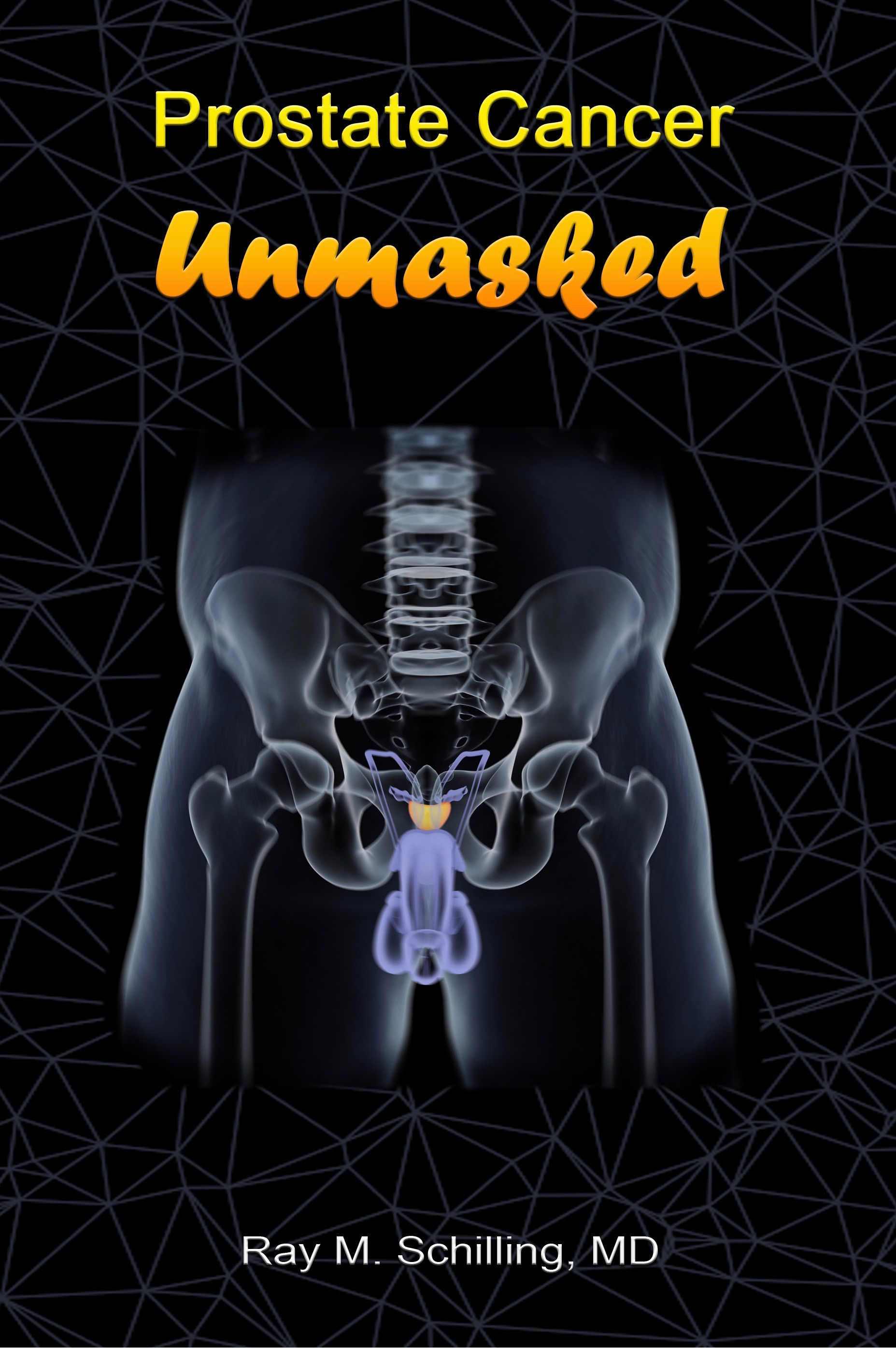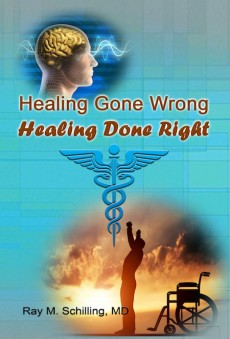Most anti-aging experts say that there are a number of factors that in combination lead to what limits our life expectancy. Right now the average life expectancy is about 80 years. With a bit of effort it can be expanded until 115 to 120 years. I like to discuss what these limits are.
1.Diseases that limit our life expectancy
-
Congenital hypertriglyceridemia and familial hypercholesterolemia
We all know that certain diseases can shorten a person’s life. Some families have a history of congenital hypertriglyceridemia. There is a history of all the male family members having heart attacks at a young age and dying prematurely. In other families it is the LDL cholesterol that is congenitally elevated, causing premature heart attacks.
-
Obesity
Obese people come down with diseases that shorten their lives. There is diabetes that is more common with its own problems of nephropathy, cardiovascular disease and blindness. But obese people also can get severe osteoarthritis in hips and knees that often lead to total hip and knee replacements. With complications people will die prematurely.
-
Liver cirrhosis
A number of conditions lead to cirrhosis of the liver: chronic alcohol abuse, viral hepatitis (particularly hepatitis B and C) and non-alcoholic fatty liver disease. There are also a few less common causes.
-
Kidney failure
There are several clinical conditions that can lead to kidney failure, like diabetes, high blood pressure, polycystic kidney disease, but also abuse of non-steroidal anti-inflammatory drugs (NSAID’s) for joint disease.
Unfortunately kidney disease like this often shortens a person’s life.
-
Alzheimer’s disease and Parkinson’s disease
When a person is diagnosed with Alzheimer’s disease the life expectancy will only be about 10 years on average.
Parkinson’s disease treats the patient somewhat better with a life expectancy of between 10 to 20 years after diagnosis.
But any neurological disease seems to significantly shorten the life of a of a person. This list is not complete, but these diseases are common. All of them will shorten a person’s life expectancy. The key is prevention to avoid the onset of these diseases.
2. Mitochondria and the biology of aging
The small organelles in each cell, the mitochondria are the power packs of our cells. Mitochondria can be preserved through exercise, CoQ10 supplementation and caloric restriction. This overcomes a lack of energy and strengthens the muscles of the body, which includes the heart. As Dr. Whitaker has shown in this link, it is simple. Eat less, exercise more and take nutritional supplements.
3. DNA mutations
The big question is how do we preserve DNA against damage from the everyday metabolism by-products and ionizing radiation from space? There are many open questions. Our DNA does not sit still, it constantly moves, genes are activated and suppressed, and in this process we lose cancer suppressor genes causing cancer that eventually can kill us. Our scientists today are smart, but they are not that smart that they would know all the future research results they have not yet detected. The answer would be stabilization of DNA, as this could prevent many cancers and would definitely prolong our lives.
4. Reducing telomere length
In one study the telomere length at the age of 100 was only 40% compared to the age of 20. Now we are learning that it is possible to lengthen telomeres by healthy lifestyles. Research in humans has shown that increased physical activity elongated telomeres. So did vitamin C, E, vitamin D3 supplementation and resveratrol. A Mediterranean diet and marine omega-3 fatty acid supplementation elongate telomeres as well. In addition, higher fiber intake, bioidentical estrogen in women and testosterone in men can be effective in elongating telomeres. Finally, relaxation techniques like yoga and meditation are also elongating telomeres.
Longer telomeres are responsible for longevity
Below I am listing evidence that longer telomeres are not only responsible for longevity, but protect you also against major diseases like heart attacks, strokes and cancer.
I like to start by providing a link where research explains more about this question.
Below I am going to summarize the facts that show that telomere lengthening is something to strive for.
General comments about telomere length
When telomeres shorten progressively, senescence sets in. Cells undergo a process called apoptosis, which is the normal process of cells dying. But some cells stay in that in-between state and transform into cancer cells. Shortening of telomeres affects health and the lifespan of a person. Shorter telomeres are responsible for the development of disease and reduced survival.
Telomeres as an internal clock, age-related
Telomere length can serve as an internal clock as to how long our cells and organs will live. In this context it is important to mention that lifestyles have an important role in preserving the length of telomeres (see below).
Telomere length decreases with age. In humans the loss of telomere length is about 26 (24.8–27.7) base pairs per year. This is the “clock that is ticking”. A number of factors affect the telomere length: age; genetic factors (some people come from families with longevity); certain factors that influence the gene expression, called “epigenetic factors”; social status and economic well-being; exercise; and smoking. The good news for everybody: gender does not affect the rate of telomere length loss, but lifestyle does!
Measurements of telomere length
- People who had their white blood cell telomere length tested and got the result of having shorter telomeres than the average in their age group, had a 3-fold higher risk of developing a heart attack. People in nursing homes with shorter telomeres had a much higher risk of death than controls with longer telomeres. Excessively short telomeres can lead to genomic instability, inter-chromosomal fusion and cancer.
- In cancer cells the telomeres are short, but telomerase, an enzyme that can elongate telomeres is elevated compared to the normal surrounding cells. Several studies have shown that shorter telomeres are a risk factor for cancer. An example was a genetic syndrome, called dyskeratosis congenita. Dyskeratosis congenita – Wikipedia In this syndrome the body cells have short telomeres. This leads to premature graying, vulnerability to infections, progressive bone marrow failure, predisposition to cancer at a young age and premature death in adults.
Effects of smoking and stress on telomeres
- Effects of cigarette smoking: If you smoke one package of cigarettes per day, you lose an additional 5 base pairs in the telomere (on top of the average of 26 cited above). If you smoke one pack of cigarettes a day over 40 years, this is the equivalent to the loss of 7.4 years of life.
- Stress ages you faster. A study showed that telomeres were shorter in a group of stressed women and telomerase was missing as well, when research measured white blood cells (monocytes). Accelerated telomere shortening in response to life stress. The difference between the telomere length of a control group and the stressed women was the equivalent of 10 years of life on average!
Lifestyle factors that influence telomere length
Dietary factors
High fiber intake showed an association with elongated telomeres in a group of women, but excessive weight shortened telomeres. Polyunsaturated fatty acids, especially linoleic acid was shortening telomeres as well. Reduction of protein intake tended to cause longer telomeres, which is responsible for longevity. In rat experiments protein restriction early in life led to longevity and long telomeres. In these animals’ kidney cell telomeres were particularly long.
Dietary supplements
Detailed studies exist about the effect of omega-3 fatty acids on telomeres. Studies followed women who consumed foods rich in omega-3 fatty acids for 5 years. A control group with low omega-3 fatty acids in their diet were also part of a study. The antioxidant effect of omega-3 fatty acids reduced the rate of telomere shortening. The control group lacking omega-3 fatty acid in the diet had much shorter telomeres. This group had a moderate risk for developing breast cancer. Other antioxidants like vitamin E, vitamin C, beta-carotene showed a link to longer telomeres and a lower risk to develop breast cancer. Antioxidants protect the DNA of telomeres from oxidative damage.
5. Decreasing hormone production
Another factor of aging is hormone deficiency in general and human growth hormone (HGH) deficiency in particular. In the past the school of thought was that HGH was only important for bone growth in children and young teenagers. However, more research revealed that it has also an important maintenance function. This maintenance concerns our muscles including the heart and to preserve our brain. Here is a review article about human growth hormone deficiency that may be mind-blowing to you. When people age, they lose HGH production putting them at a considerable risk to get heart attacks and strokes. But they are also at a higher risk of serious falls due to muscle weakness and balance problems.
Diagnosis of HGH deficiency
When the doctor detects low IGF-1 levels in the blood this is a sign of HGH deficiency. This graph shows that beyond the age of 60 HGH levels are extremely low. Tests that check for low HGH metabolites in a 24-hour urine sample are necessary to confirm this.
Replacement of HGH in aging people
When this test is also showing HGH deficiency, the time has come to do daily HGH injections with human HGH. The injection is easy, as it uses using a similar pen that is the common device for insulin injections. The dosage is only between 0.05 mg and 0.25 mg per day, and the administration is before bedtime. There is a significant cost to this treatment. For this reason, it is important to check whether the personal health care plan covers injections with human growth hormone, as it is a true hormone deficiency in many aging people.
Replacing missing HGH production with HGH injections
This is remarkably effective not only for heart attack and stroke prevention, but also to treat muscle weakness. In addition, it treats lack of mental clarity and increases general well-being. Patients report that their joint and muscle aches disappear. They can engage in physical activities again. But HGH is not the only hormone that needs monitoring. Tests for thyroid hormones, sex hormones like estrogen and progesterone in women and testosterone in men are also necessary. When levels are low, there is a need for hormone replacement in the form of nature-identical hormones. The estimate is that you gain about 10 to 15 years of good and active living by replacing missing hormones with bioidentical ones.
6. What can we do to maximize our life expectancy?
Here are a number of factors that help preserve telomeres and thus reduce aging and keep you from getting serious illnesses like heart attacks, strokes and cancer.
- Consider eating less.
- Include antioxidants, fiber, soy protein and healthy fats (derived from avocados, fish, and nuts).
- Stay lean, active, healthy, and stress-free (regular exercise and meditation).
- Eat foods such as salmon, herring, mackerel, halibut, anchovies, catfish, flounder, flax seeds, chia seeds, sesame seeds, kiwi, black raspberries, lingonberry, green tea, broccoli, sprouts, red grapes, tomatoes, olive fruit, and other vitamin C-rich and vitamin E-rich foods. They are a good source of antioxidants. Avoid tuna and grouper fish because they are too high in noxious mercury.
- These habits combined with a Mediterranean type of diet containing fruits, and whole grains will help protect your telomeres.
- Replace missing hormones
Conclusion
At the 23rd Annual World Congress on Anti-Aging Medicine on Dec. 13, 2015 in Las Vegas the endocrinologist, Dr. Thierry Hertoghe from Belgium gave a talk about “How to extend the human lifespan by 40 years”. He said that bioidentical hormone replacement could add 15 years of life. Organ transplants, if necessary, telomerase activators and stem cell therapy can add another 25 years of life expectancy to a total of 40 years. He felt that there is a limit of about 120 to 125 years of life expectancy. I have blogged on this here: life extended by several decades.
Limits of extension of life
“Living forever” is simply not in the cards, as we do not have all the answers to preserve DNA and mitochondria from damages. What nature has done since its existence is by rejuvenation through eggs and sperms create new life. This circumvents the longevity conundrum.
We are living longer than our ancestors. Many diseases have become treatable, and it is encouraging to see this progress. But there is a limit of what can be done.
More information http://nethealthbook.com/news/the-biology-of-aging/
